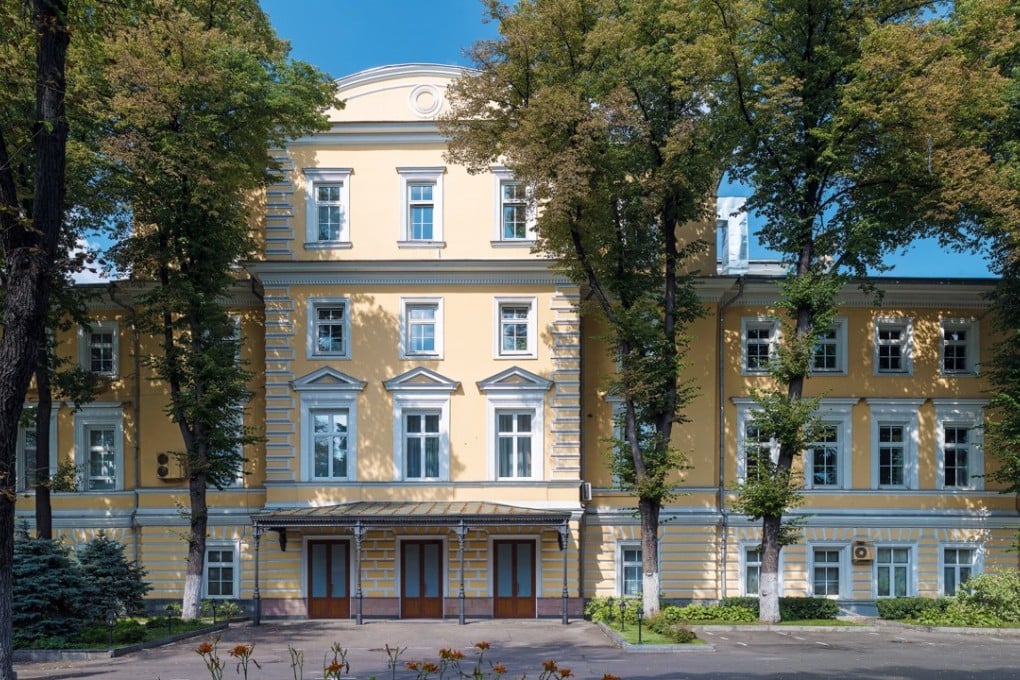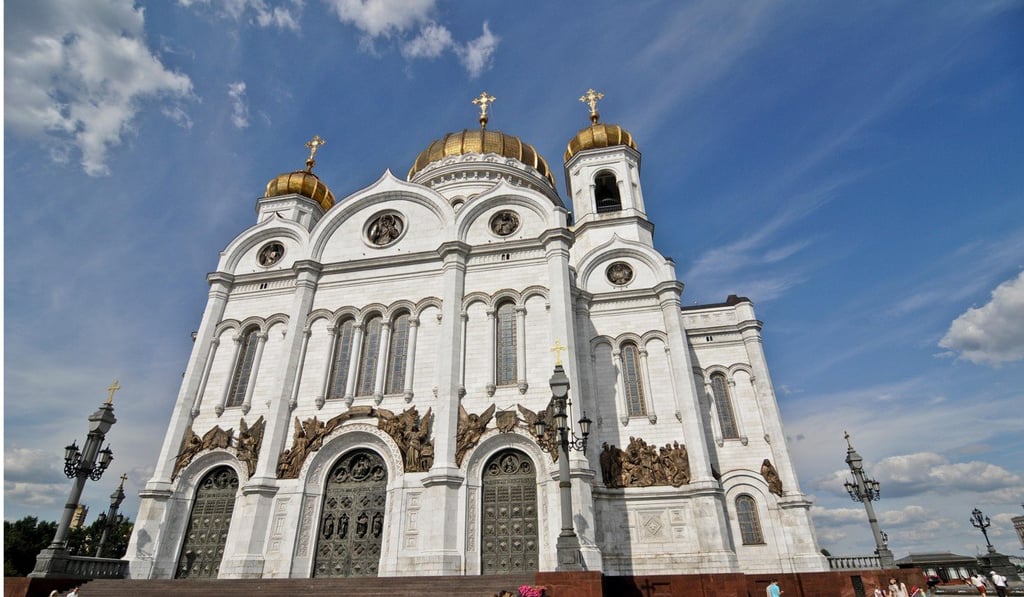Moscow mansion where Joseph Stalin, Deng Xiaoping and Chinese nationalists fought for the soul of Communism
Despite the role it played in modern Chinese history, few tourists include Volkhonka Mansion on their Moscow itineraries

The Chinese are out in force in Red Square; clustered in front of the waggling red flags of their tour guides all over Alexander Garden; shoulder-to-shoulder spanning the breadth of the metro exit, eliciting muttered deprecations from stern-faced Russian commuters; and posing for selfies in front of the gilded onion domes of St Basil’s Cathedral.
But several minutes west, tourists are nowhere to be seen. They are absent from Borovitskaya Square, where the formidable iron likeness of St Vladimir stands guard, and limited to the odd solo traveller in and around the Cathedral of Christ the Saviour and the galleries on Volkhonka Street. Few, if any, notice the unassuming building next to the Pushkin State Museum of Fine Arts. Yet Volkhonka Mansion played a pivotal role in modern Chinese history, hosting not one but two future leaders contemporaneously in the late 1920s.

The mansion dates from the late 17th century, when a stone construction was erected on land owned by the Naryshkins, a boyar family maternally related to Peter the Great. They lent their name to a style of baroque architecture of which the mansion was an example. The estate became a retreat for Catherine the Great before housing the First Moscow Gymnasium, a celebrated high school whose alumni included Russian playwright Alexander Ostrovsky and Bolshevik Nikolai Bukharin, who would renew his association with the building as head of the Communist International (Comintern) organisation, from 1926 to 1929.
By the late 19th century, the main building had assumed its current form, the four-columned Corinthian portico replaced with a simpler metal canopy perched on poles and corbels. Over this summer, the gaudy blue hoardings of Conmebol, the governing body of South American football, have rendered this invisible. The organisation has rented the building for the duration of the 2018 Fifa World Cup, held in Russia. An empty five-a-side kick-about pitch sits in the shade of the lime trees out front. In the lobby, the wide cast-iron staircase, which replaced the original wood structures, is flanked by images of Latin football legends. On the first floor, a Conmebol official stalks across the large function room, stopping momentarily to engage this interloper.
“There are no Chinese here,” he says, brow furrowed in bewilderment. “Oh … I have no idea about the history.”